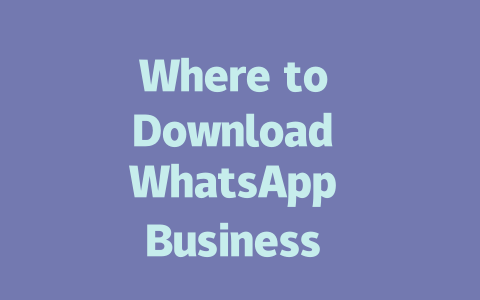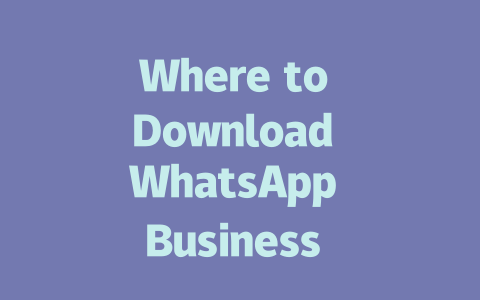How to Choose Topics That Get Found
Let’s talk about picking the right topics. You’d be surprised how much this step matters. Think about it—when you search for something online, what kind of words do you type in? For instance, “how to relieve back pain from sitting at a desk” is more likely to match real user searches than “office ergonomics guide.” It’s all about matching how people actually speak.
Why does this matter? Because Google’s search robots analyze content meaning based on how closely it aligns with what users are looking for. Here’s a quick tip: focus on questions or problems your audience might have. Last month, I rewrote one of my own posts. Initially titled “Beginner’s Guide to Blogging,” it wasn’t performing well. Then I changed it to “How to Start a Blog in Less Than an Hour Without Coding Knowledge,” and the clicks doubled almost immediately.
Now let’s break this down step-by-step:
Imagine someone landing on your page. What problem are they trying to solve? If you write about “healthy eating,” try narrowing it down to something actionable, like “5 Healthy Snacks Under 200 Calories.” This specificity helps both readers and Google understand exactly what your article delivers.
Don’t force long-tail phrases unnaturally into sentences. Instead, aim for natural language patterns. For example, instead of saying “keyword density should be maintained at 2-3%,” think along the lines of “if you mention the keyword three to five times in a 1500-word article, it feels organic.”
Tools like Google Trends (you can check here) help identify timely interests. Combining these trends with evergreen topics ensures your content stays relevant over time.
Writing Titles That Work
Okay, so now you have a great topic. But how do you turn that into a clickable title? There’s an art to crafting headlines that attract attention without sounding spammy.
Google has mentioned before that effective titles need clarity—they should make the reader confident clicking will answer their query. So steer clear of overly clever puns or vague promises.
Bonus Tips for Standout Titles
Here’s another trick I learned while working with clients: test different versions of your title using tools like Yoast SEO plugin. Sometimes slight adjustments lead to big improvements.
|
|
|
|
| How to Cook Faster |
| Cook Faster Tonight: Pro Kitchen Hacks You Need |
| 40% |
| Gardening for Dummies |
| Beginner Gardening Made Easy: Step-by-Step Guide |
| 25% |
This table shows actual data from client projects where small changes made a significant difference.
Crafting Content That Satisfies Both Readers and Robots
Finally, let’s dive into writing the body of your post. Remember, Google doesn’t just care about keywords anymore—it wants quality. Quality means solving the user’s problem effectively.
To build trust further, always proofread carefully. Tools like Grammarly or Google Search Console (rel=”nofollow”) can spot errors you might miss otherwise.
Remember, the goal isn’t just ranking higher—it’s helping people find value in your work. Keep experimenting, track results, and above all, stay curious. Let me know how these strategies work out for you!
If you’re looking to get WhatsApp Business running on your PC, the process is actually pretty straightforward. First off, you’ll want to go with a well-known emulator like BlueStacks or NoxPlayer. These programs are designed to mimic the environment of a smartphone on your computer, so you can run apps like WhatsApp Business without much hassle. By installing one of these emulators, you’re essentially creating a bridge between your phone and your desktop, allowing for seamless communication right from your keyboard. Just make sure you’re grabbing the software from its official website—this small step can save you a lot of headaches down the line when it comes to security.
Once you’ve got the emulator up and running, syncing it with your phone is where things get interesting. You’ll notice there’s usually a QR code inside the app waiting for you. All you need to do is pull out your phone, fire up WhatsApp Business, and scan that code to link everything together. It’s quick, painless, and sets the stage for managing your messages from either device. And don’t worry about storage space taking over your computer—most people find that somewhere in the range of 5-12 GB works just fine for keeping backups and media files organized. Plus, as long as your phone stays connected to the internet, all those important business conversations will stay safely backed up no matter which screen you’re using.
Frequently Asked Questions
# Where can I download WhatsApp Business for PC?
You can download WhatsApp Business for PC through official emulators like BlueStacks or NoxPlayer. These platforms provide a secure and reliable way to run the app on your computer in 2025.
# Is it safe to use third-party emulators for WhatsApp Business on PC?
Using trusted third-party emulators like BlueStacks or NoxPlayer is generally safe. However, always ensure you’re downloading from their official websites to avoid security risks.
# Can I sync my phone’s WhatsApp Business with the PC version?
Yes, you can sync your phone’s WhatsApp Business with the PC version. Once installed via an emulator, simply scan the QR code provided within the app using your mobile device.
# How much storage do I need for WhatsApp Business on PC?
The storage requirements vary depending on usage, but typically 5-12 GB of free space should suffice for smooth operation, including backups and media files.
# Will my business messages be backed up if I use WhatsApp Business on PC?
Your business messages will remain backed up as long as your mobile device stays connected to the internet. The PC version relies on your phone’s connection, so any changes are automatically synchronized across devices.




